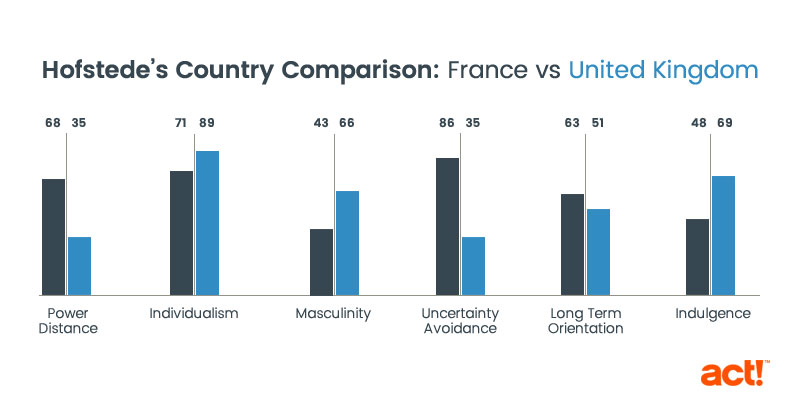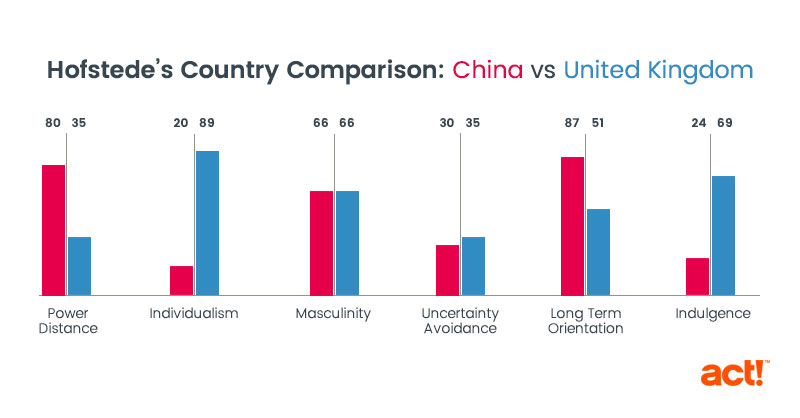
If you want to engage a potential customer, the last thing that you would want to do is offend them, yet companies that don’t localize content while marketing to international audiences, run the risk of doing just that. International expansion is every budding company’s dream, as it promises business augmentation, revenue growth, and brand recognition but expanding without strategic localization can have grave repercussions.
What is localization?
Localization isn’t merely a translation, because if it were, not many companies would be bad at it. Simple translation changes content from one language to another and just doing that in the name of localization, can result in linguistic havoc and marketing nightmares, because of cultural differences, native jargon, and contemporary customs. One such example is when in the 1960’s, Pepsi didn’t think twice before taking their “Come alive! You are in the Pepsi generation” tagline to China, only to find out that its literal translation in Chinese was “Pepsi will bring your loved ones back from their graves”. Localization is translating content and then adapting it in a way that it helps the company connect with its international customers on an emotional level in order to establish a feeling of trust.
When you localize effectively, you increase your company’s chances of doing business in the international market. This is why every company should have a multilingual website with localized content for the countries and the target markets it wants to go after. Research conducted by Common Sense Advisory, which reveals that single-language websites only reach a maximum of 25% of internet users from around the world, is a testament to the preceding statement. Moreover, a study conducted by the folks at Harvard Business Review proclaims that 56.2% of consumers believe that the ability to get information in their native language is of greater importance than price. Another statistic revealed by the same study states that 72.4% of consumers said that it’s more likely for them to buy a product with information in their own language.
How to market to international audiences
We saw how important localization is while devising international marketing strategies; now let’s take a look at some of the tips regarding how products and services should be marketed internationally:
1. Precisely what/who is your target market?
The process of globalization can involve many steps but the first one has to be obtaining knowledge and developing an understanding of the foreign market. Collecting facts that govern your local market and extrapolating to determine the international dynamics is definitely not the way forward; you need to explore the trends, values, needs, desires, and cultural nuances of the country you are targeting before reaching out to its inhabitants. People will only understand you and believe in what you are offering if you are able to understand how they function, what their core beliefs are, and obviously, what they can’t develop a soft spot for.
2. Promote and preserve a consistent global reputation
Your brand needs to be global and it needs to be consistent. A standard first step would be to figure out how to make your website multilingual and create multilingual content. To do that, you can utilize translation memory, brand and style guidelines, etc. which will make your life easier and keep your brand consistent. It is of paramount importance that you tweak the translations wherever necessary and pay close attention to translated content to ensure that it doesn’t contain any potentially offensive words or sentences.
3. Refine every point of contact
A company can be in touch with its customers via multiple conduits; it can via the corporate website, various landing pages, social networking websites, brochures, and other marketing material and advertisements, etc. Every touch-point needs to be localized to ensure that the maximum number of customers are engaged. Moreover, it is also important to focus on prioritizing certain channels because there is no point in posting content on a social media account when customers from a certain country use another one. An example of this can be the prevalent usage of Xing in Germany and Youku or RenRen in China.
4. Content needs to be culturally adapted:
Customers do not want to read poorly translated content; they want it to be as good as the original stuff. Make the translations adapt to the target culture. As a first step, familiarise yourself with Hofstede’s Cultural Dimensions. According to Hofstede, any culture can be assessed and compared using 6 dimensions: power distance index, masculinity vs. femininity, individualism vs collectivism, uncertainty avoidance index, indulgence versus restraint, and pragmatic vs. normative. Using the Hofstede comparison tool, vital insight can be gained regarding the target culture which can be used to adapt marketing strategies. For example, the following chart shows a comparison between two European countries: UK and France:

On the other hand, the following image shows how an Asian country, China, fares against the UK:

5. Consult localization experts
In order to maximize the potential of your localization endeavors, consult localization specialists and work with experienced translators. It’s often necessary, always recommended, to get your material reviewed by professional native experts who know the targeted culture, inside and out.
6. Create country-specific content
Do adequate keyword research and optimize your web pages. It’s recommended to include target keywords for each market in all the titles, meta descriptions, alt image tags, headers, content bodies, and the URL that you put on your website. In some cases, it’s pragmatic to perform localization of the top-performing campaigns and posts instead of creating new posts from scratch; however, in other cases, you might want to create content for every market you target. Using the right currency, local time and date format depending on the pertinent country or region is also of primary importance.
7. Offer multilingual support
When selling your products or offering your services in a country, you need to make sure that you provide local phone numbers for customer support along with live chat features in the local language.
The aforementioned were some of the tips that can help companies in ensuring that their international expansion goals are met. The more effort you put in localizing your strategies before launching your services/products internationally, the greater your chances of business growth will be.
Final Word
A successful global expansion campaign requires a lot of brainstorming and a lot of research before the actual rollout. Target markets need to be studied rigorously before marketing efforts are started. While localizing content, it’s a recommended practice to consult localization specialists and professional translators to ensure that the chances of potential errors are minimized. It’s also important and well-rewarding to use technology to expand into new markets. Modern customer relationship management or CRM systems (with integrated email marketing features) like Act! CRM can help you connect with your international customers (and stay connected to them) efficiently and seamlessly.





